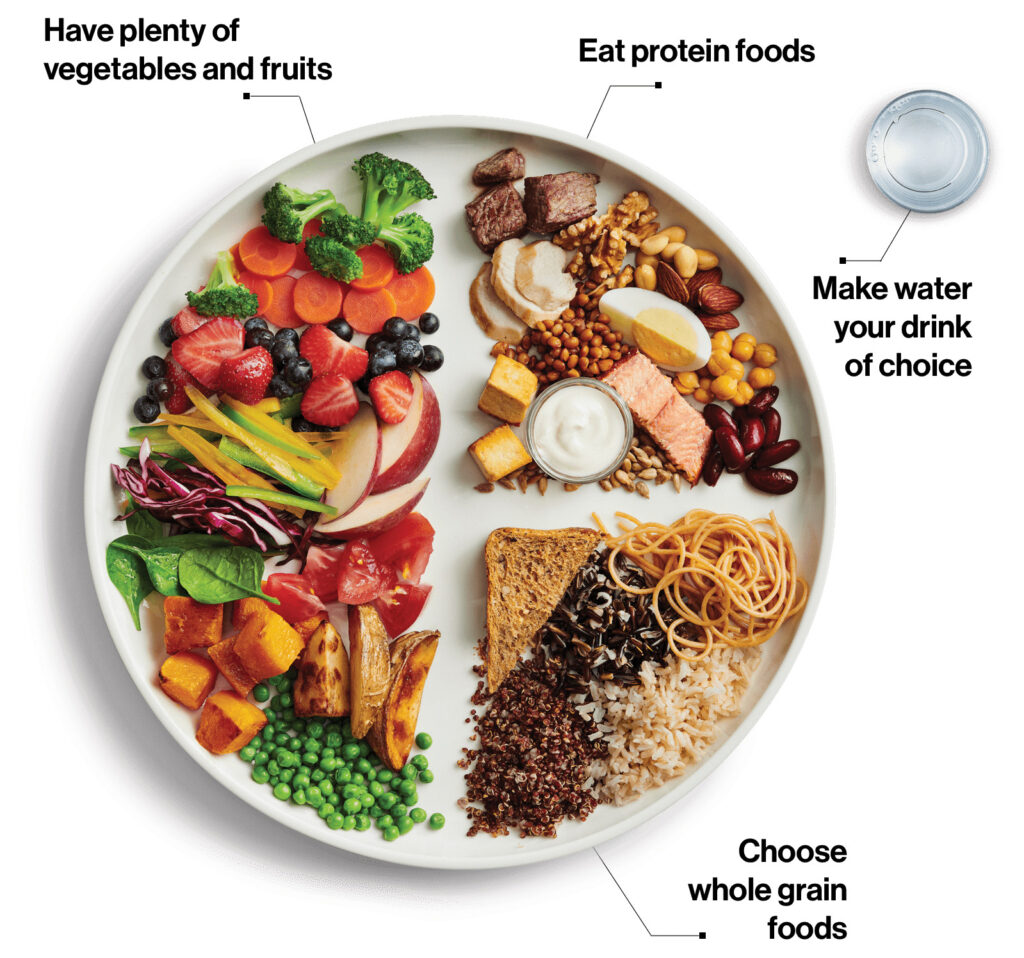Canadian dietitian Brenda Davis, is a leader in her field and an internationally acclaimed speaker. She has worked as a public health nutritionist, clinical nutrition specialist, nutrition consultant and academic nutrition instructor. This article covers part of her address to last year’s Plant-Based Nutrition Health Conference in California. To purchase access to all videos and slides from this conference, go to www.pbnhc.com
Registered dietitian and plant-based pioneer Brenda Davis received a standing ovation at last year’s International Plant-Based Nutrition Healthcare Conference for a riveting review on nutrition needs across all age groups.
Her presentation covered the strengths and weaknesses of diets ranging from omnivore to Mediterranean, vegetarian, vegan and lacto-ovo vegetarianism. It also included detailed research results of all these diets as they impacted different stages of human growth.
Her conclusion, on the weight of evidence, was that “well designed, plant exclusive or plant predominant diets are the highest quality diets. They’re the diets that will protect us from the chronic diseases that are killing 70 per cent of our population.
“They are nutritionally adequate at every stage of the life cycle. But, I think the number one, or the bigger reason to choose plant-based is really about the benefits plant-based diets provide beyond ourselves. There is no one more powerful step that any human being can take towards the preservation of this planet than choosing a plant-based diet.
“In a study of the proceedings of the National Academy of Sciences in 2016, they said if everybody followed the dietary guidelines of eating less meat and more fruits and vegetables, we would reduce carbon emissions by 2050 by 29 per cent, but we would reduce them by 70 per cent if we all ate vegan.
“If you look at the carbon footprint of food, you can see, when you look at the emissions in kilograms of carbon dioxide per kilogram of food, you are looking at a factor of about five to 60 for animal products, and you are looking at .2 to 4 from plant foods, it’s a huge difference.
Ethically justifiable
“And then, of course, plant-based diets are more ethically justifiable for animals and for people. Over 80 billion land animals are slaughtered for food every single year, and over 90 per cent of those animals are raised in confined animal feeding operations.
“It makes no sense to cause pain, suffering and death to billions of animals every year when it is so unnecessary and undermines the very life support systems of our planet. By getting our nutrition from plants, we all win.
“We have a choice as human beings. When we consider the consequences of our food choices, not just for ourselves but beyond ourselves, a plant-based diet becomes both an ethical and ecological imperative.”
The full details of her address are too extensive to cover here, but it’s worth noting that a significant part of her lecture covered some of the key areas of concern around plant-based eating. It needs to be healthy, she stressed.
“The big question, because it’s so ingrained in our culture, is, don’t you need cows’ milk for calcium? The answer is absolutely not. To me, it just defies rationality to imagine that any mammal would require the milk of another species for its survival. It would defy nature’s laws. In pre-agricultural times, humans averaged 1000 to 1500 milligrams of calcium per day without a single drop of any other mammal’s milk. And most of it came from plants.
“In 2019, Health Canada became a global leader with their new food guide. As plant-based dietitians in our country, we definitely had a little bit of a role in helping them move forward with this change. As you can see, half the plate is fruit and vegetables, one-quarter of whole grains and a quarter of protein-rich foods. They say to include plant sources of protein every day and choose plant protein sources as the healthiest protein choices.
“Milk is a part of that group. You can see a little bit of yoghurt there; I don’t there is any other dairy there, but beside the plate is water. Make water your drink of choice. So, incredible strides for Canada’s food guide.
“Recommended calcium intakes (for North America) are 700 mg for one to three-year-olds, 1000 for four to eight-year-olds, 1300 for nine to 18-year-olds, 1000 for women 19 to 50 for men 19 to 70 and 1200 for women over 50 and men over 70.
“That’s a lot, and it’s double what it is in some other countries like in the UK; for around four to eight-year-olds, it’s around 450 to 550. Not all countries agree that it needs to be this high, but in North America, these are recommended intakes. So, what are the actual vegan intakes?
“Well, in vegan adults, they average 887, vegetarians 1068 and omnivores 1066, so vegans really aren’t that far off the mark.
So, can we get enough calcium without dairy? Absolutely, yes, we can. How do we do that? By eating sufficient calcium-rich plant foods like low oxalate greens like kale and broccoli, turnip greens and Chinese greens, almonds and chia seeds and tofu made with calcium. But the big question that arises about these plant foods is, is the calcium in these foods bio-available? And the answer is yes, it is. The greens I just mentioned (kale, broccoli and Chinese greens), the absorption is often close to 60 per cent which is almost double what it is for dairy.”
Could this be the future of food?

The value of greens
She said the bonus of the greens is that you are also getting vitamin K, magnesium, and potassium – all of which are critical to bone health. If there was a problem meeting essential calcium requirements, especially for children, then one or two cups of fortified non-dairy milk “will boost intakes to where they should be for children and adults alike.”
Understanding calcium absorption was important, she said.
“Another factor affecting calcium absorption is the amount of calcium consumed. Absorption efficiency decreases as calcium consumption at a meal increases. What that means is that if you eat 1000 mg at one meal, you’ll absorb far less than eating 250 mg in four meals.
“Calcium absorption is as high as 60 per cent in infants and young children, but it decreases to 15 to 20 per cent in adults, except during pregnancy when it increases again.”
She said vitamin D was a risk for everyone, “but studies do suggest the risk is higher among vegans because there are fewer dietary sources. Most people are not making enough from sun exposure. Our ability to make vitamin D depends on the latitude we’re at, the kind of year, the kind of day, the cloud cover, our age, our body weight, skin colour, and skin exposure. All of those things make a difference.”
The recommended dietary amount (RDA) was 400 iu for infants up to age two, 600 for children and one to 2000 iu’s is often recommended for adults. More, maybe, is needed for seniors.
“The food sources (for vitamin D) are mushrooms grown in UV light, eggs, fish, liver and fortified food sources like non-dairy milk and dairy milk.
“Pant foods come up short on B12. They’re not reliable B12 sources unless they’re fortified. Even foods commonly thought of as reliable sources like organic vegetables, seaweed, fermented foods and mushrooms are not reliable B12 sources.”
She said storage of B12 was significantly different between adults and babies.
“An adult can last two to three years, but take a breastfed baby born to a B12 deficient mother; their stores may last months or even only weeks. Insufficient B12 in infancy can result in irreversible brain damage. The deficiency symptoms are megaloblastic anaemia, nerve and brain damage, GI disturbances and elevated homocysteine, which can increase our risk of heart disease.
“The risk is higher for seniors. In developed countries, six per cent of those who are 60 plus are actually B12 deficient. B12 deficiency increases the risk of dementia and Alzheimer’s. Ten to 30 per cent of people over 50 years have a diminished ability to cleave the B12 off the protein that is bound to animal flesh, so the IOM suggests everyone over 50 should get their B12 from the same place vegans get their B12-fortified foods or supplements.”






